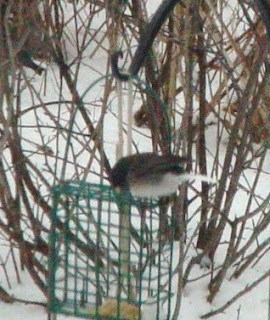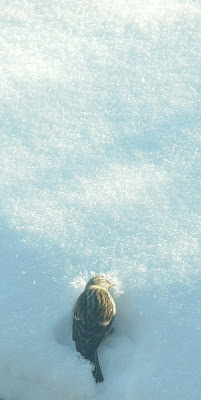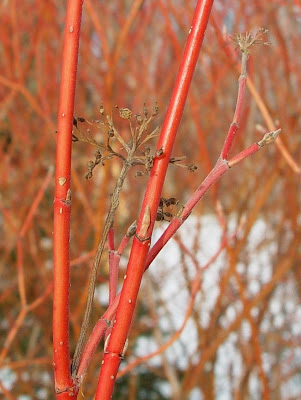
The first nest we've spotted in the wild wild woods this Spring is in a nestbox. A Black-capped Chickadee Poecile atricapillus is sitting on eggs.
She has cleverly hidden them among a deep mattress of moss lined with fur and feathers she scavenged from other critters the woods. It looks like there are seven eggs, but there may be more we cannot see.

There is tiny camera in the roof of this nestbox, so we can peek in every few days. We always visit the nests quietly so we do not disturb the birds, and try not to leave a trail for predators to follow.























